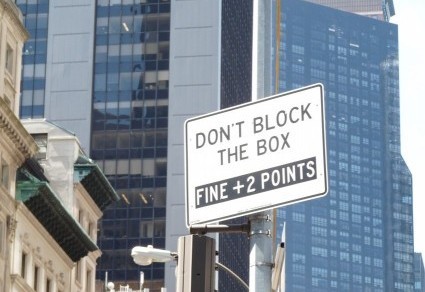Every trip to the store reminds me that inflation isn’t just for balloons. I don’t pretend to understand the economic forces involved, but I do know some things that inflate the cost of food. Here’s one:

General rule: If you double the P in “shop,” you double the price. Which is understandable, because it’s expensive to import food from the 16th century.
Another general rule is “fancy language equals fancy prices,” especially when the words are associated with Britain:

“Made to order” isn’t cheap, but it is cheaper than “bespoke.” I would deduct 10% from the price for misspelling “disappoint,” however.
A variation of the fancy language rule sets higher prices to anything described by a three-syllable word that most people have to look up in a dictionary:

A “distributor” can’t charge as much as a “purveyor.” Oh, and “chefs” pay more than “cooks.”
To sum up: If you’re on a tight budget, stay away from shoppes that are purveyors of bespoke fruit baskets.
























 As far as I’m concerned, BOGO all you want. I once thought that the concept of “buy one get one” was an unnecessary statement of the standard deal between buyer and seller. But now I see that most BOGO-users are too busy surfing social media to add an “F,” for “free.” Or maybe they think that BOGOF sounds like a mediocre brand of caviar. I commend this sign-writer for specifying the terms of the deal, spelling out “buy one get one” for “50% Off,” though strictly speaking the sign should read “BOGAOF50%O” (buy one get another one for 50% off). I concede that such a sign resembles the kind of password people concoct and promptly forget. I will, however, raise an objection to “tight.” I prefer to cover both legs with “tights,” not just one with a “FREE tight.” And $75 is a little steep, don’t you think?
As far as I’m concerned, BOGO all you want. I once thought that the concept of “buy one get one” was an unnecessary statement of the standard deal between buyer and seller. But now I see that most BOGO-users are too busy surfing social media to add an “F,” for “free.” Or maybe they think that BOGOF sounds like a mediocre brand of caviar. I commend this sign-writer for specifying the terms of the deal, spelling out “buy one get one” for “50% Off,” though strictly speaking the sign should read “BOGAOF50%O” (buy one get another one for 50% off). I concede that such a sign resembles the kind of password people concoct and promptly forget. I will, however, raise an objection to “tight.” I prefer to cover both legs with “tights,” not just one with a “FREE tight.” And $75 is a little steep, don’t you think?




